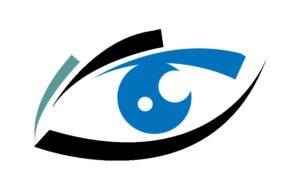Best Amblyopia Specialist In Thane
Amblyopia (also known as lazy eye) is a kind of low vision that can occur in only one eye. It is caused by a break in the way the eye and brain collaborate and the brain is unable to discern the vision of one eye. As time passes the brain becomes dependent increasing on the more powerful eye, while the vision of the weaker eye becomes less clear. This is known as “lazy eye” because the stronger eye performs better. Amblyopia is a condition that develops in the early years of childhood, and is the most frequent cause of loss of vision for children. About 3 of 100 kids suffer from it. The positive side is the early diagnosis is effective well and often prevents the development of long-term vision problems.Amblyopia is a common condition in children, and is the most frequent reason for loss of vision in children. About 3 out of 100 kids are affected. The positive side is the fact that treatment early can work well and often prevents long-term vision issues.
What exactly are signs of Amblyopia?
The signs of amblyopia are difficult to spot. Amblyopia sufferers may suffer from poor depth perceptionthey struggle to determine the distance or how close an object is. Parents might also observe indicators that indicate that their child may be having trouble seeing clearly, such as:
Squinting
Shutting 1 eye
Heads tilted
In many instances parents aren’t aware that their child is suffering from amblyopia until they see a doctor who is able to diagnose it in the eye exam. This is why it’s crucial for every child to undergo an eye test every year between 3 and 5.

What are the treatments for lazy eyes, or Amblyopia?
It is essential to begin treatments for amblyopias as early as is possible. The cause of the condition is dependent it may be:
Fixing any vision problems that are underlying like farsightedness, nearsightedness or astigmatism. The majority of children with amblyopia require glasses to help their eyes focus. Learn more about the LASIK eye surgery as well as lazy eye surgery.
Surgery is recommended when a cataract is obstructing light from the eye or if strabismus prevents the eyes from moving as they should.
Applying a patch to the stronger eye will make their brain use the weak eye. Initially your child may have difficulty seeing. Their vision will improve however it may be a few weeks or months. Once they’ve improved, they don’t be required be wearing the patch continuously. However, sometimes, as children are able to use two eyes at the same time, they may lose vision in the eye that is weak. If this occurs, they could need be wearing the patch once more.
Eye drops that contain a drug called atropinethat blurs the eyes of the strong one so your child doesn’t have to wear patches. The brain is also forced to focus on eyes that are weak.
A filter called a Bangerter that is worn over the lens of an eyeglass in the eye of the strong eye can reduce their vision and cause them to must utilize the weak eye.
